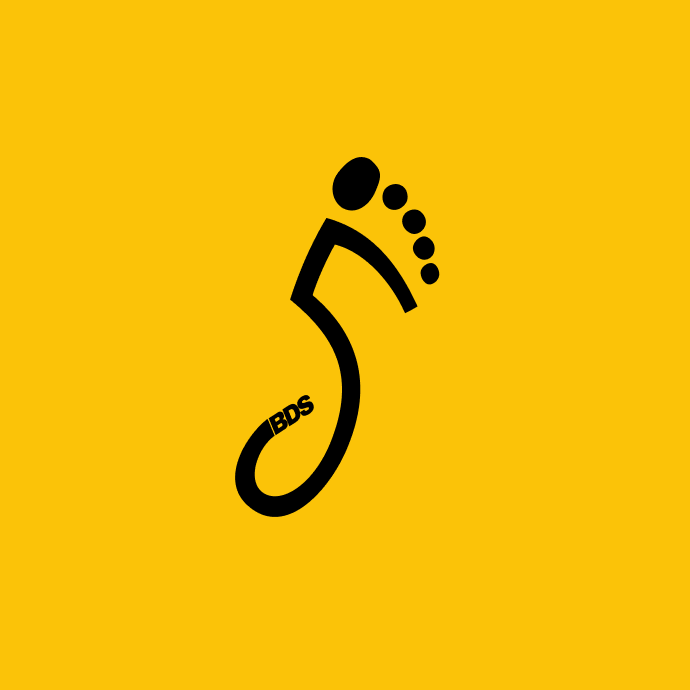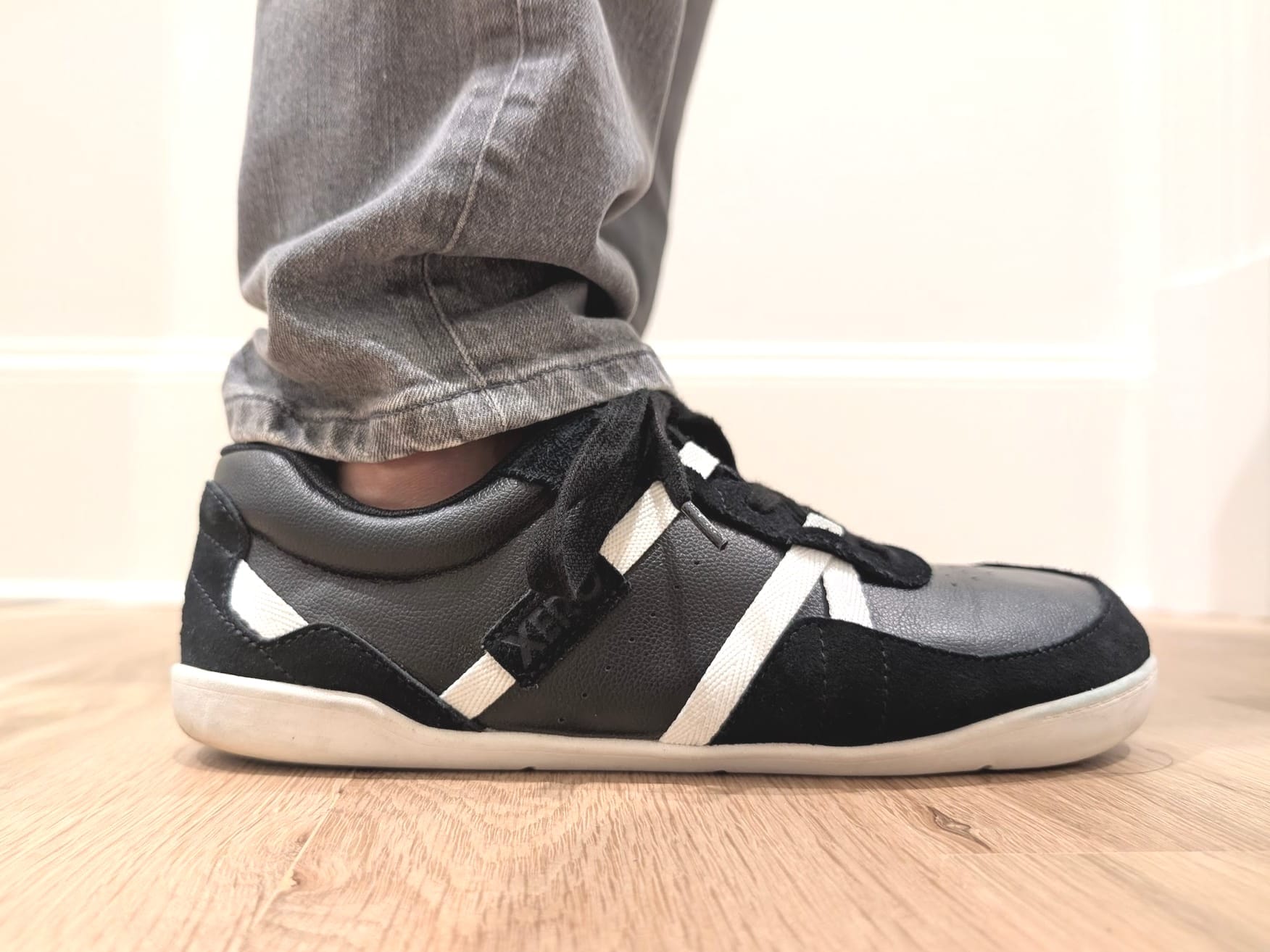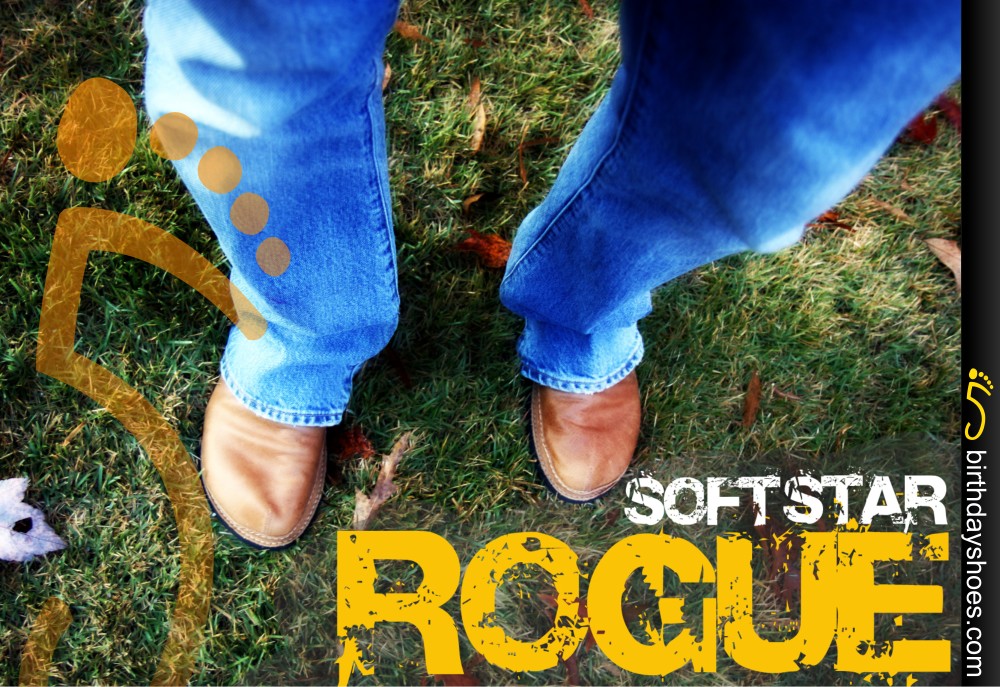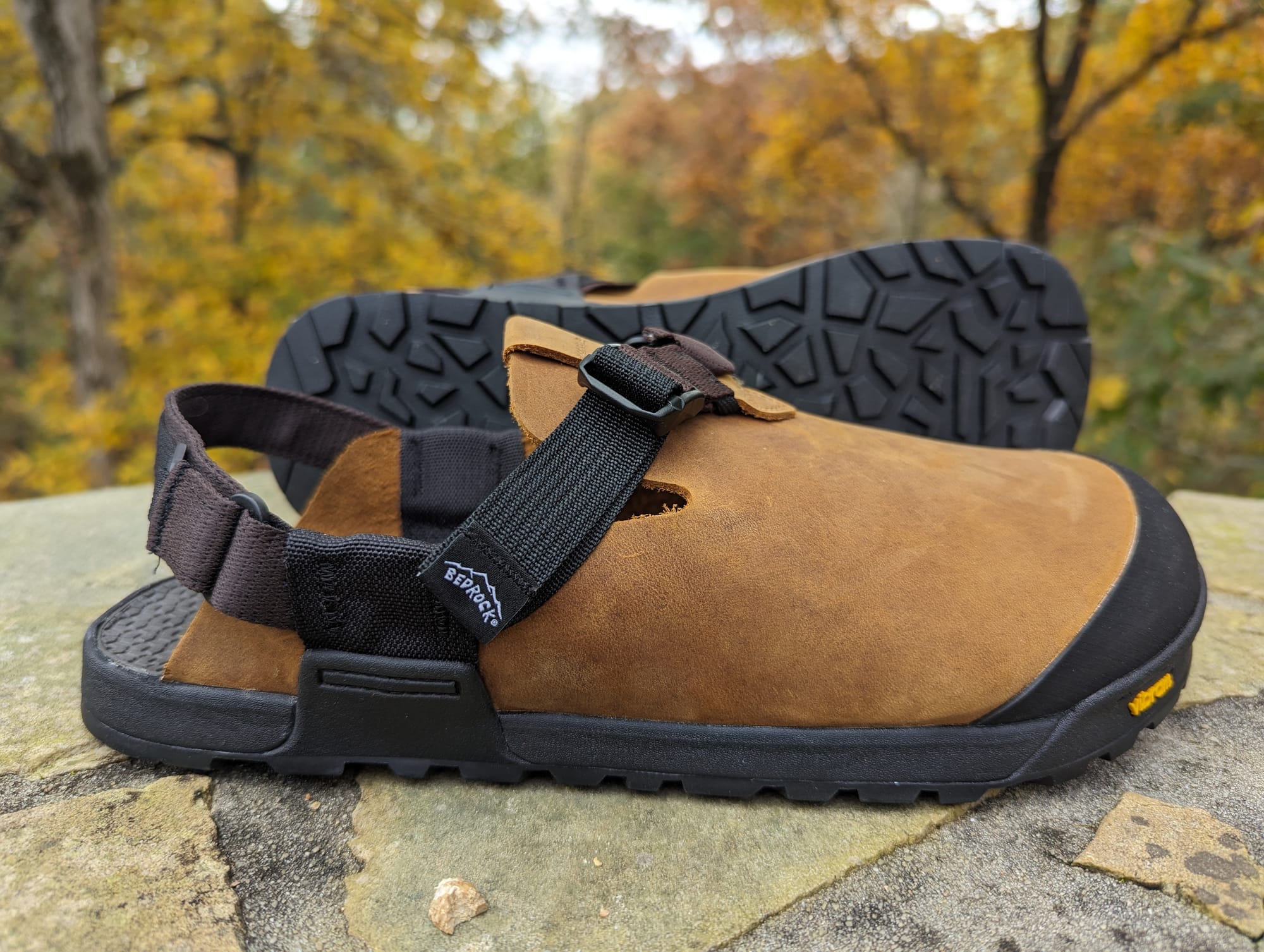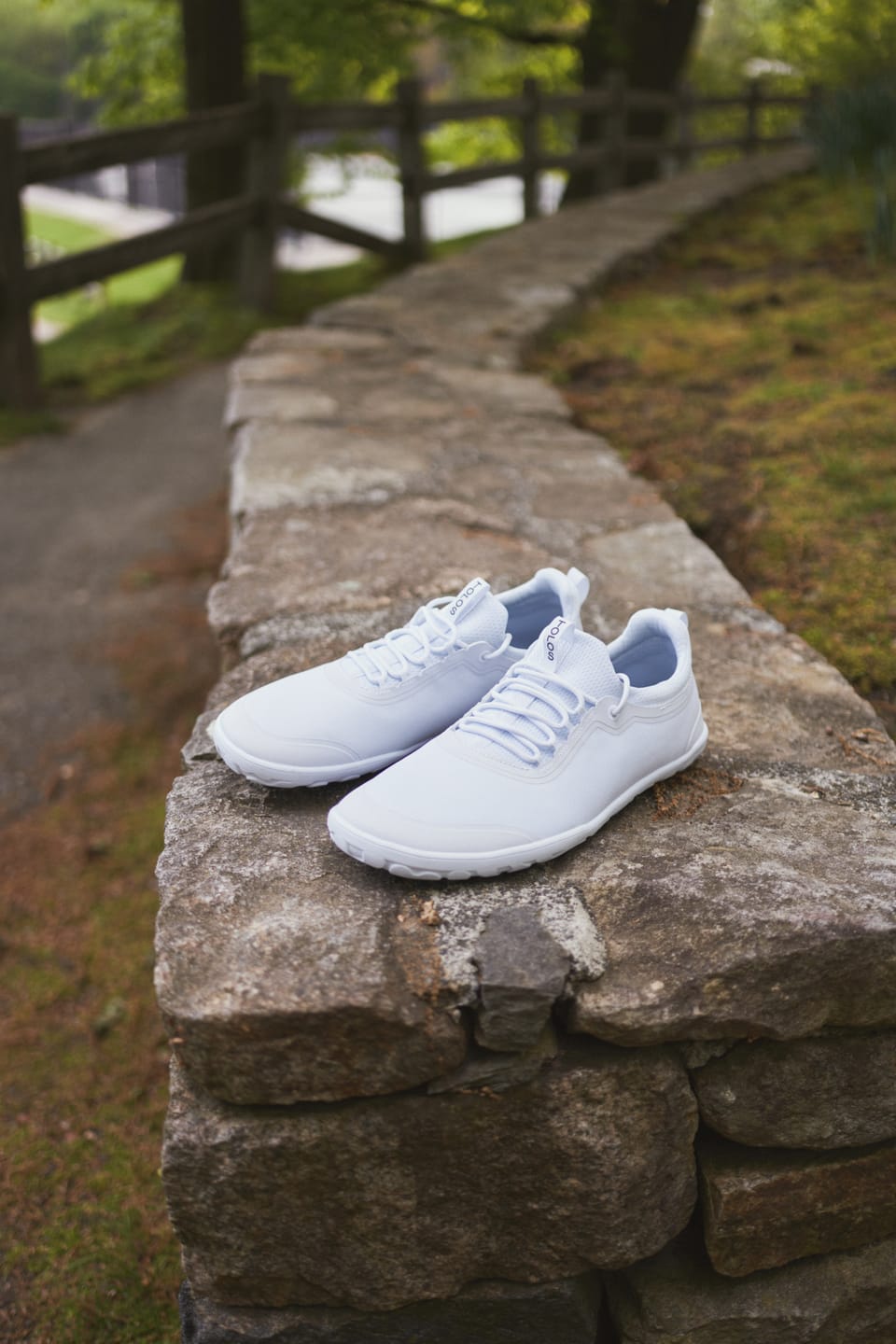Interview with Robert Fliri, the inventor of Vibram FiveFingers
Italian Robert Fliri is the original creator of what we now know as Vibram FiveFingers. Fliri was a student at an Italian design school back in 1999 when he originated the concept of a foot glove for outdoor use, specifically in the mountains. Here from Fliri in this 2006 interview.
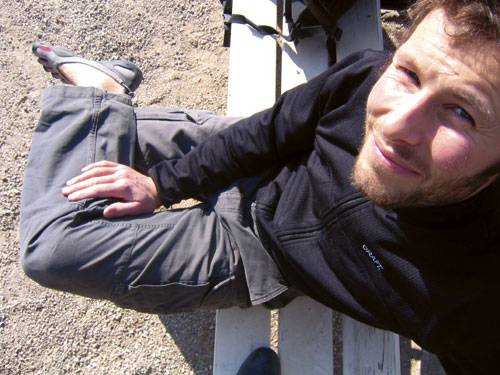
Robert Fliri is the original creator of what we now know as Vibram Five Fingers — "toe shoes." More than a quarter of a century ago — in 1999 — Fliri was a student at an Italian design school back. That's when he first came up with the concept of a foot glove for outdoor use, and he specifically wanted to use them in the mountains.
Many years later, a serendipitous meeting took place between Fliri and Marco Bramani. Marco Bramani was the grandson of Vitale Bramani, the founder of Vibram, a rubber sole manufacturer (Vibram is pronounced "vee-brum").
So the legend goes, Bramani believed that "Five Fingers" (So named because the Italian word for "fingers" is the same as that for "toes") might make a novel choice of footwear for use on sailboats or in other activities that required greater ground-feel.
Sadly, Robert Fliri passed away in a tragic accident while in early 2025:
The 48-year-old fell about 300 meters while descending the wall of Punta d'Oberettes, at over 3,400 meters altitude, along with two hiking companions. The latter, not seeing him anymore, raised the alarm shortly before noon. The mountain rescue teams from Malles and the Pelikan 3 helicopter rescue intervened promptly, but unfortunately, they could do nothing but confirm his death.

Thankfully, sometime in the early 2000s (perhaps 2004?), Bramani brought Fliri into his grandfather's company to develop the world's first toe shoes. The rest is history. There's more to share about Fliri and how he came to design what are now known as Vibram FiveFingers. And for that, we're thankful to Nelleke Don, who interviewed Fliri in 2006 for Body Conscious Design. The interview covers off on the origination of FiveFingers.
Fliri will be remembered as the inventor of toe shoes — Vibram FiveFingers — and his vision is well-captured in the following interview. Find selected quotes and the full interview linked below.
Interview with Robert Fliri (2006)
Robert Fliri: I was in my first year of the design school in Bolzano and one of my professors started a project: sports is fun. It was about sports as leisure, not as a profession or a power-thing. I decided to work on my idea of going barefoot in a protected way and with this professor tried out all kinds of solutions. Instinctively it was clear to me that it had to be a glove. We have five toes: when they can move and grasp the ground independently, and when you can really sense the surface under your feet, your body is able to do what it is designed for by nature. That is a powerful feeling. ...
Was it difficult to develop the five fingers or did you get a lot of support?
There were times that I thought “I quit”, not because of the product as such, but because of the environment I worked in. The concept is totally new and very different from what is usual in the footwear-industry. I had to fight for every step on the road. I had to convince the people I worked with that it had to be a glove and that a glove is not a shoe. Shoe-people think a shoe needs shock absorption, cushioning, support. Innovation means more spacey material, more technology —not a totally different concept. So it was difficult for people to accept. But I was also very fortunate. I had this opportunity to work in the special office of Vibram’s owner, where we have a platform to develop the five-fingers. ...
What distinguishes this five finger’s concept from a normal shoe?
Fliri: The biggest difference is the five toes which make the foot move like in nature and you have much more body-smartness. You can move better, you can feel, you can have more power. With the five-fingers every toe can spread out, can work independently from the others, can grasp the ground, can feel the ground. It is totally different from a shoe where the toes are stuck together, even if the sole of the shoe is very thin and flexible.
It is very joyful to move around on the five-fingers, you will become really happy to move. Your movements will be more flexible, more supple. For example if you walk in the mountains on heavy boots, you will loose around 20% of your energy to the shoes, because of their weight, their stiffness and the impossibility to move your feet. On the five-fingers that doesn’t happen. I have experienced myself you just want to go up and up. When I see a rock or a tree, I want to climb it. It makes you become very playful and energetic. ...
In the first year I was wearing these shoes, old mountaineers said I was crazy, because I was on these flat, low shoes, instead of on high, heavy boots. Among mountaineers, young and old there is one rule: wear high shoes, over the ankle. That is true for normal shoes. With a rigid, hard sole your feet cannot adjust to an uneven surface and you can sprain your ankle. With a thick sole, you are suspended from the ground and whenever there is an unevenness and you go out over the side, you are not warned by your senses in the forefeet. But barefoot, that never happens. Your body is too smart. Whenever you risk loosing your balance, the senses in the forefoot will register it and your muscles will adjust. The sign doesn’t even need to travel all the way up to the brain. Every sense of misbalance will go directly to the muscles and they will adapt themselves. Your body knows perfectly well what is going on — in a way you become more animal-like. ...
Q: Do you think the market is ready for this product?
Maybe not. Because working and thinking with the body is not a common thing yet. But things change. We are now creating five fingers for indoor use, with a thinner sole. And we are also developing aqua-socks fro use in water. People also ask me if we can do them for children. Well, I say, maybe in the future this will be technically possible, but actually I think this product is more suited for adults. As adults we are growing older every day and we become more closed off, even in our movements. Children are playing. They do the same thing in a different way every time. We as adults do the same thing in the same way. I say with this shoe you will be happy on chaotic surfaces, it will inspire you to explore and discover something and play with it. You will receive pleasure by moving, which is a good thing for adults. Children are playing anyway, shoe are no shoe. We are not playing, so it is better for us. At least, that is my opinion.
Here's a PDF of the full interview:
Fliri's story is one of perseverance against conventional thought regarding footwear. Now that his vision for foot gloves is a reality with countless iterations developed and many more to come, you have to wonder why it took so long for the idea to come to life.
So much of what Fliri says in his answers resonates with me in my experience with FiveFingers and minimalist or "barefoot shoes."
Isn't it amazing how being more connected to the ground connects us all to a common experience?
Originally published February 3, 2010. Updated May 1, 2025.

